It was just a matter of time, and no matter how much scapegoating there was going to be on the origin of this outbreak, the reality has always been the same: there would be one day where Omicron comes to town in Hong Kong. Despite having had reliable mRNA vaccines (Pfizer), Hong Kong has squandered the precious time its stringent 21-days quarantine system afforded it in delaying the introduction of the virus in the dense city.
From Cathay air crew to hamsters
In December 2021, some air crew of Cathay Pacific decided not to wait for their last test during the shortened 3-day home quarantine, and went out to have lunch at the “Moon Palace” restaurant in Festival Walk. Alas, the air crew in question was infected with the very contagious omicron variant of COVID-19. As a result, an outbreak took place involving customers of the restaurant and family members of the crew.
While, eventually the outbreak was limited to 16 persons, the whole affair gave way to real outrage in the city against the company and its crew. Eventually, we learned another crew member had gone to stay with her mother, infecting the (unvaccinated) mother and eventually causing what is now known as the “dance cluster” (because the said infected mother went to dance in Victoria park with friends, eventually expanding the reach of the virus).

Paradoxically, this “dance cluster” did not cause as much outrage as the initial “Moon Palace cluster”. One of the reasons was that, in the remarkable reaches of social relationships in the city, this cluster eventually hit the birthday party of a certain “Witman Hung”, a local delegate to the National People’s Congress, a Communist Party organization. His most famous photo was probably the one where he is caught singing karaoke unmasked.
Some Legco members who participated in the party were sent to Penny’s Bay quarantine center as well as government members, but quickly, the rules were relaxed to allow them out after only 14 days in confinement.
But the scandal was soon to be silenced by another shocking news: in an unprecedented discovery, the Government announced that it was likely that hamsters imported from Europe carried a version of the delta virus, infecting thus employees of pet shops and customers.
The Hamster slaughter
For being very callous to suffering of animals destined to food, Hongkongers can be quite soft when it touches pets. After stating that several hamsters were infected with a new “D427G” mutation of the delta COVID-19 virus, the HK Government ordered to cull all hamsters imported and sold after 22nd of December, leading to some heart-rendering scenes with children obliged to give away their pets. About 2,000 hamsters and other small mammals were killed (although only the hamsters were found to be positive), while scientists cast doubts on the justifications of the government saying that the animals could have contaminated humans.

But quickly, the outpouring of emotion around the fate of the unfortunate hamsters would be outpaced by another developing crisis: a lady from Pakistan got infected in her quarantine hotel, and thereafter transmitted the virus to her extended family. While she was vaccinated, many of her family members were not.
The oubreak quickly gathered pace, extending to the community and finally reaching the Kwai Chung estate. The epidemic in that specific estate, and more particularly in the Yat Kwai building was to quickly become an overwhelming wave.
A 5-day lockdown
In ordinary times, Hong Kong has been implementing a policy initiated in January 2021, which locked down a whole area or building where contaminations were found and tested all the residents.

These lockdowns seldom found any cases, until this January. A lockdown and test of Yat Kwai house, a building in the Kwai Chung estate, in the Northwestern part of the city brought up a huge number of positive cases in various sides of the building. Habitually, when multiple contaminations are found in a building, they result from upward or downward air flows in badly ventilated places. In general, the authorities were content with removing the flats at risk. The complicated situation of Yat Kwai estate got the Government hesitating and during a full 24 hours, the residents who tested negative were allowed to freely move around.
After 24 hours, with lots of leaks in the press, it was announced that the entire 2,700 residents of Yat Kwai building would be locked down at home, as there was not enough place in the various quarantine facilities to host them all. Of course, given the heads-up, several residents headed out to the local supermarket to buy supplies to last several days… Thereby defeating the very purpose of the lockdown.
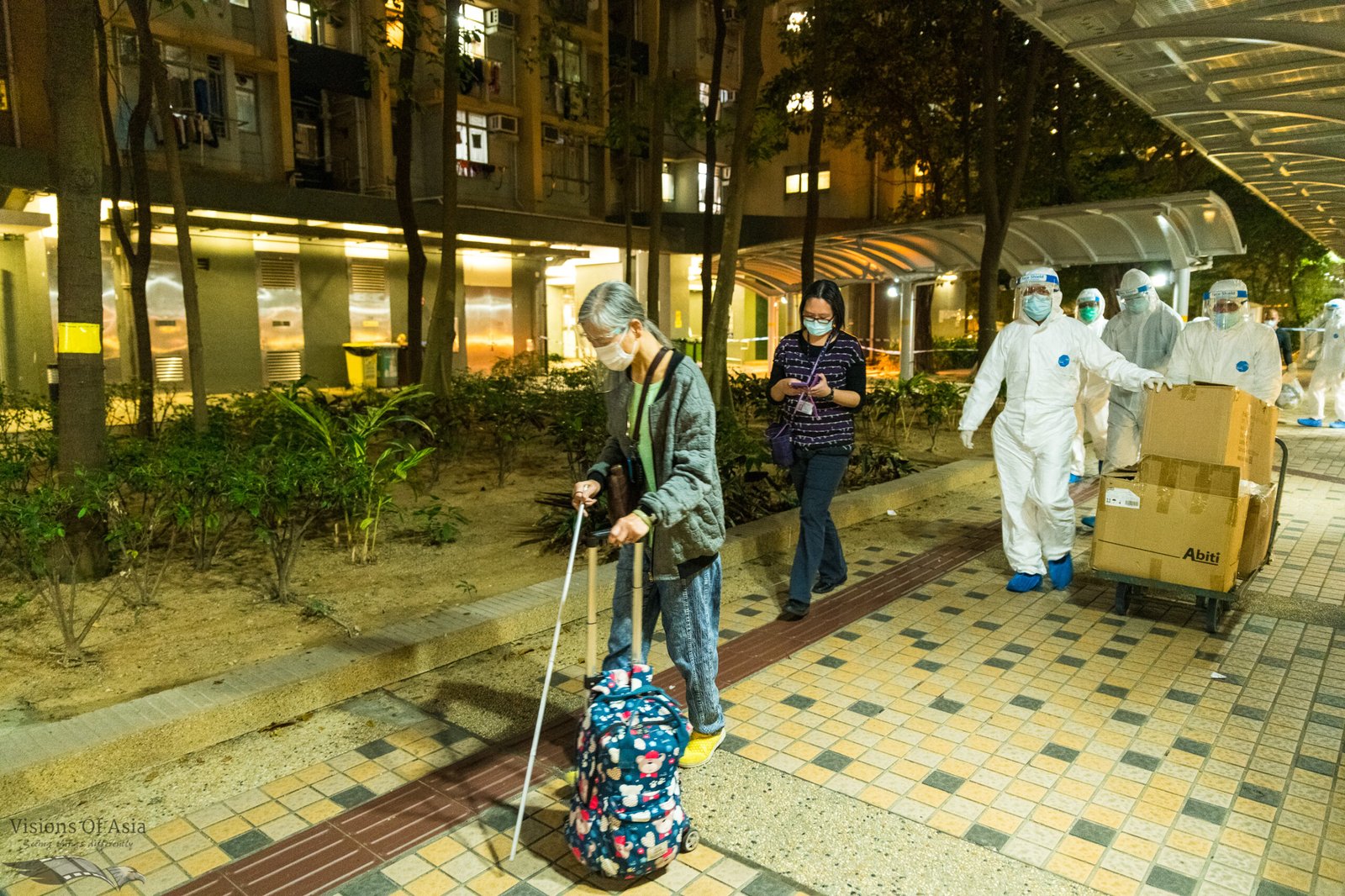
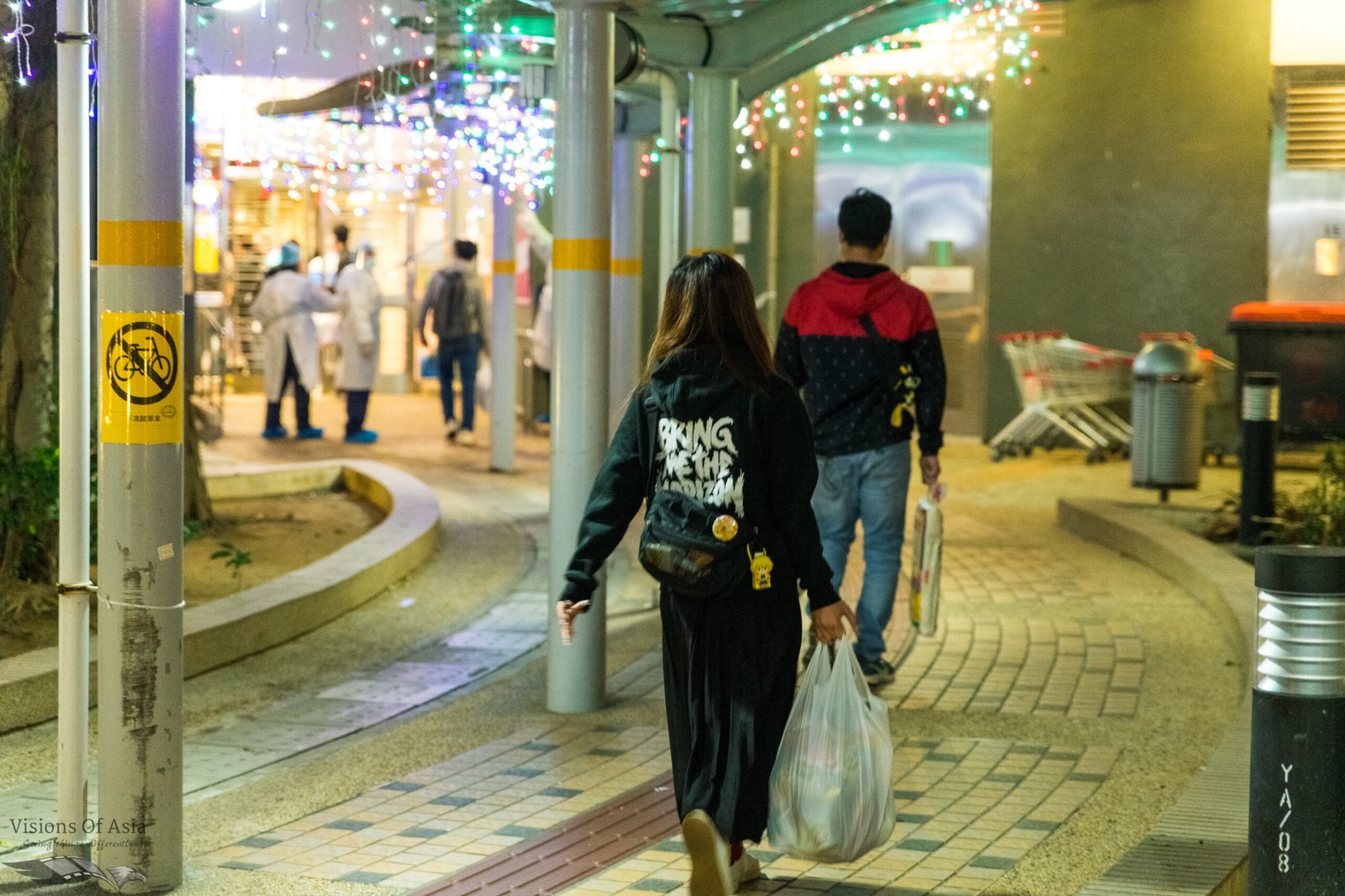
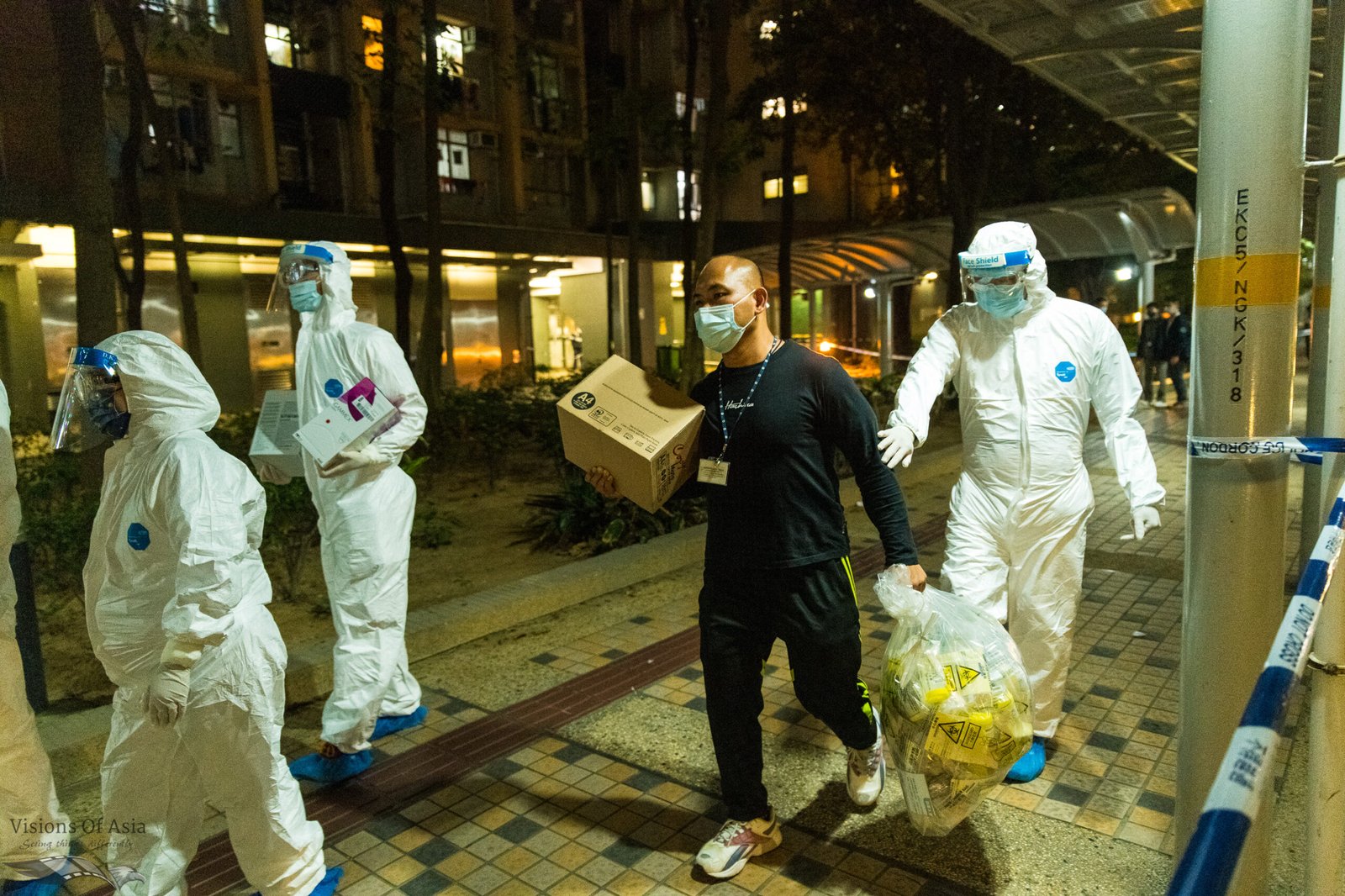

The issue was that this lockdown appeared to generate its own cluster, as people were obliged to go all together down for the compulsory testing at the same hours. Contaminations quickly ballooned up to a total of 334 cases at last count. Before the extent of the outbreak, the government then announced its “five-day” outbreak would become now 7 days. This, in itself, generated further anguish from residents who, for some, stated having lost their jobs.
A complacent attitude
Despite the knowledge that a highly transmissible variant was moving through Hong Kong, most locals continued crowding up, for instance in the Mongkok flower market.
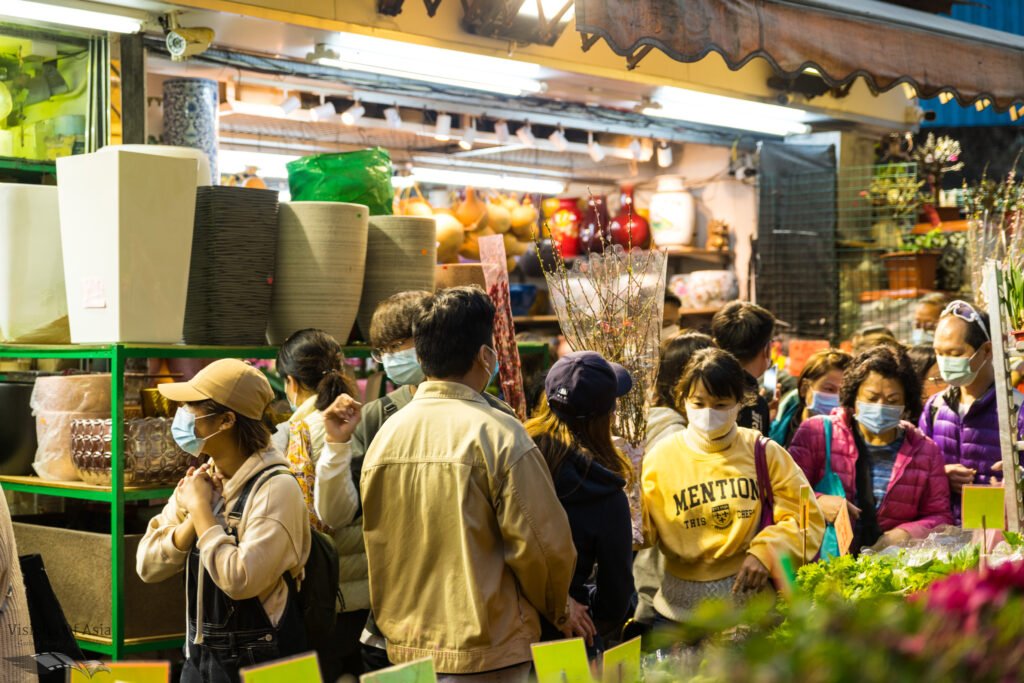
The part of “social distancing” was totally left out by Hong Kong, moved by the superstitious belief that masking was the answer to all their issues. Their success in defeating four waves of infection comforted them in the belief that masking was sufficient, but we have seen this to fail as omicron comes to town. Hongkongers also basked in the belief that it was foreigners who harboured the virus, themselves being somewhat immune.
This complacency had a direct impact on vaccination rates, many failing to get vaccinated on time, especially among the elderly.
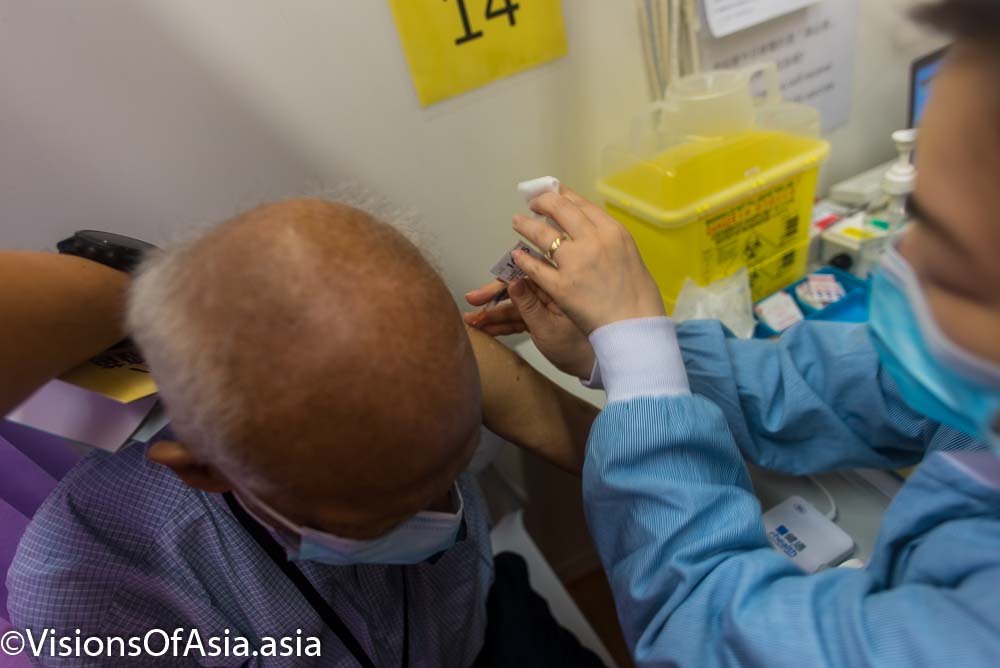
When they got vaccinated, about 40% of the population chose the Sinovac vaccine, a vaccine that some study have shown is by far inferior to the mRNA vaccines in protecting against the omicron or delta variants.
This announces dire times ahead in Hong Kong.
An evolution towards “living with Covid”?
The latest raft of measures announced by the Government turned around preparing to allow asymptomatic or people suffering with mild disease to quarantine at home. Some may have seen it as a preparation to “living with Covid”, like many other countries chose to do (rightly or wrongly). However, indications are that this is merely a pragmatic response to the extent of the contamination. Penny’s Bay quarantine center and additional hotels are nearing capacity, and the contact tracing teams are stretched beyond capacity.
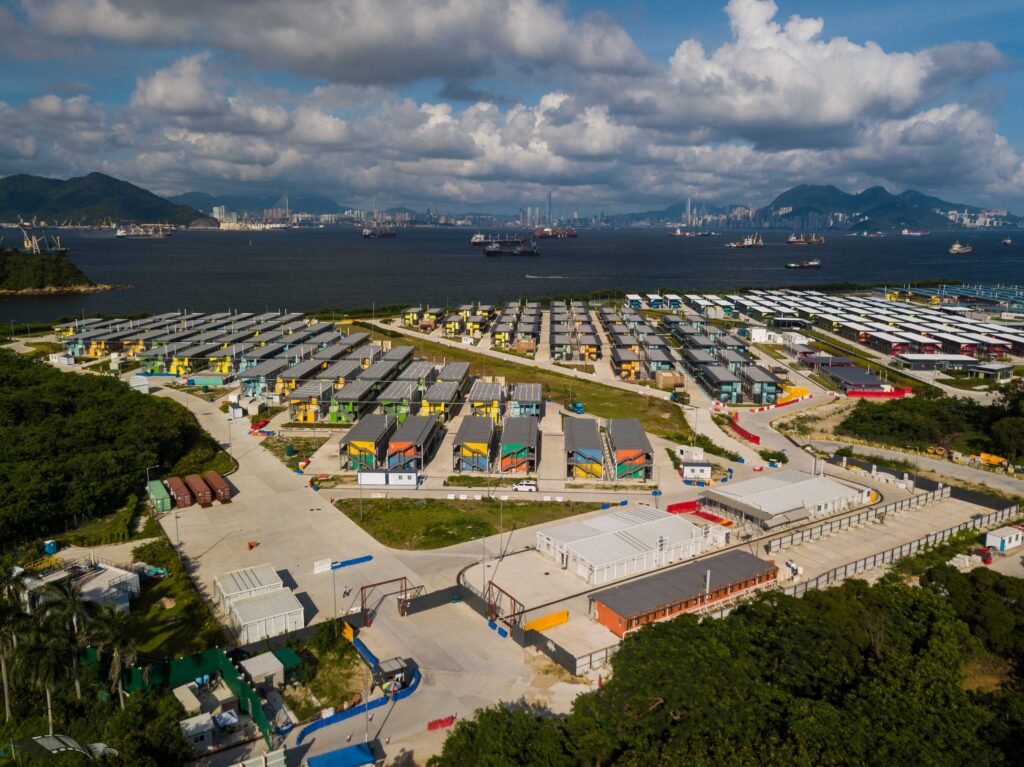
The announcement of the new program came thus as a backstop as the city crossed a new threshold with over 350 cases on Saturday 5 February 2022, after a Lunar New Year marked by family and friends gatherings.
It is expected that the number of cases will continue to increase as days go by and no city-wide lockdown is ordered.
As the new year of the tiger starts, most Hongkongers will undoubtedly feel that it starts with a whimper rather than a roar.
